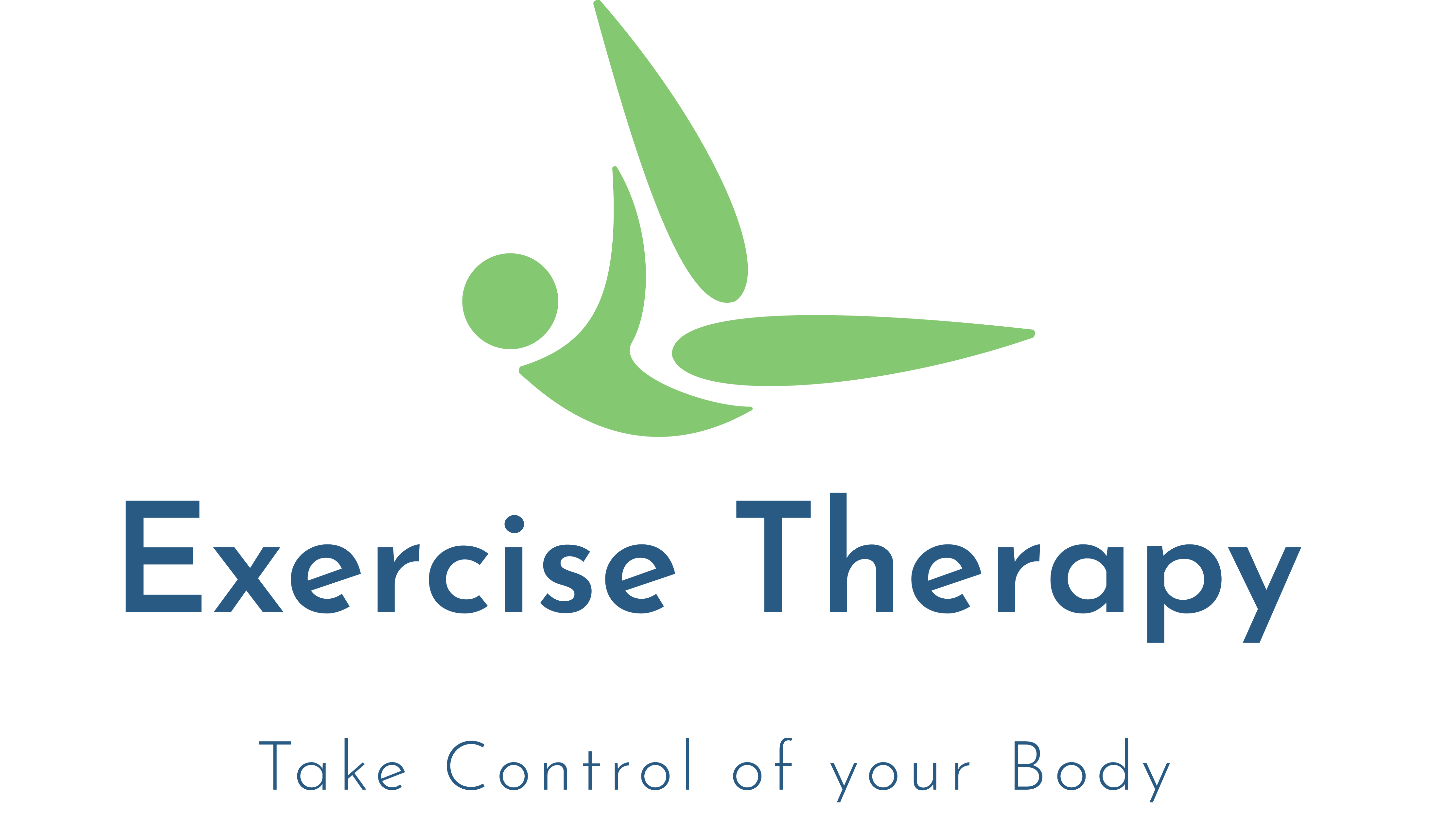This article is designed to give a simple overview of the subject of fascia and is not by any means a comprehensive treatise on the subject.
Fascia is defined as a sheet or band of fibrous connective tissue enveloping, separating, or binding together muscles, organs, and other tissues of the body. The important thing to remember about fascia is that it is one type of connective tissue in a family that has many members. All fascia is connective tissue, but NOT all connective tissue is fascia.
Connective tissue is made up mostly of non-living material known as the extracellular matrix or ECM. This matrix makes all movement and function possible.
ECM is like the inner ocean of our bodies. All the cells that we have require space around them and this space is filled with an inert fluid that protects, cushions and holds the cells and tissues in place. The ECM has several substances that allow for repair to take place, but the essential job of it is to facilitate function and movement.
There are different layers of fascia from superficial, under the surface of the skin to deep fascia. What they have in common is that fascia is continuous, it doesn’t stop at the bone when the muscle does, but carries on across planes and in different directions, allowing what some people feel is a communicating tensional network throughout the body.
Movement, pressure, loading and friction are all elements that will maintain the environment of the ECM. Without movement, the chances are that stiffness and thereby lack of fluid flow will result. The outcome is the stiffness that most of us will have experienced at some stage or the other but which if left to continue will get worse.
If we experience physical trauma such as surgery this can affect the fascia which in turn can impact on movement, muscle function, and joint function and of course pain. There is also evidence that emotional stress and trauma can affect our fascial system causing dysfunction, adhesions, and pain.
How can we look after and improve our fascia and function?
1. Move, Stretch, Mobilise…daily!
Movement is medicine! Our joints, our muscles, our structure is designed to move and when we are sedentary that will cause our fascia to tighten and become ‘stuck’. This in turn will impact on the joints and muscles, reducing range of movement, affecting out mobility and potentially causing pain.
Stretch daily, Walk, Take up Pilates or Yoga. Move more!
Check out my online Pilates workshops and classes: https://www.exercisetherapyonline.co.uk/workshops/
2. Keep Hydrated
Our cells and the structures they make up need us to be hydrated. Tea and coffee won’t be enough! You need to drink water!
3. Massage
If you suffer from stress or if you have surgical scars I would highly recommend massage from a qualified therapist. This can be very beneficial in helping to maintain good function.
Generally, massage including swedish, sports or remedial can be a great way to keep our fascia sliding. So, it’s not just for spa days! See https://www.exercisetherapyonline.co.uk/scar-release-therapy/
for information about Scar Release Therapy.
4. Breathe
We might breathe every second of every day but that doesn’t mean we are very good at it! If we are sedentary or stressed, we tend to breathe only from the top part of the lungs. Breathing properly can help to expand muscles and fascia around the rib cage, shoulders, and stomach. Try some breathing exercises!
Try these:
Pursed Lips Breathing
Practice using this breath 4 to 5 times a day when you begin so that you can correctly learn the breathing pattern.
To do it:
1. Relax your neck and shoulders.
2. Keeping your mouth closed, inhale slowly through your nose for 2 counts.
3. Pucker or purse your lips as though you were going to whistle.
4. Exhale slowly by blowing air through your pursed lips for a count of 4.
Diaphragmatic Breathing – (aka belly breathing) can help you use your diaphragm properly.
Practice diaphragmatic breathing for 5 to 10 minutes 3 to 4 times daily.
When you begin, you may feel tired, but over time the technique should become easier and should feel more natural.
1. Lie on your back with your knees slightly bent and your head on a pillow.
2. You may place a pillow under your knees for support.
3. Place one hand on your upper chest and one hand below your rib cage, allowing you to feel the movement of your diaphragm.
4. Slowly inhale through your nose, feeling your stomach pressing into your hand.
5. Keep your other hand as still as possible.
6. Exhale using pursed lips as you tighten your abdominal muscles, keeping your upper hand completely still.
You can place a book on your abdomen to make the exercise more difficult. Once you learn how to do belly breathing lying down, you can increase the difficulty by trying it while sitting in a chair. You can then practice the technique while performing your daily activities.
Alternate Nostril Breathing – known as Nadi Shodhana Pranayama in Sanskrit, is a breathing practice for relaxation.
Alternate nostril breathing has been shown to enhance cardiovascular function and lower heart rate.
Nadi Shodhana is best practiced on an empty stomach. Avoid the practice if you’re feeling sick or congested. Keep your breath smooth and even throughout the practice.
To do this:
1. Choose a comfortable seated position.
2. Lift your right hand toward your nose, pressing your first and middle fingers down toward your palm and leaving your other fingers extended.
3. After an exhale, use your right thumb to gently close your right nostril.
4. Inhale through your left nostril and then close your left nostril with your right pinky and ring fingers.
5. Release your thumb and exhale out through your right nostril.
6. Inhale through your right nostril and then close this nostril.
7. Release your fingers to open your left nostril and exhale through this side.
8. This is one cycle.
9. Continue this breathing pattern for up to 5 minutes.
10. Finish your session with an exhale on the left side.
5. Find ways to de-stress
Your fascia doesn’t like you being stressed and with many of the clients I see for massage their functional problems can be caused by or impacted by the stresses they are experiencing.
You can try…
1. Connecting with nature – go for a walk and listen to the birds, lay on the grass and watch the clouds
2. Try some gentle Yoga or gentle Pilates
3. Find 10 minutes in your day to read or book or magazine
4. Share your worries with a friend or family member, talking can help to organise the mind and gain a different perspective
5. Listen to some relaxing music or a simple guided meditation

